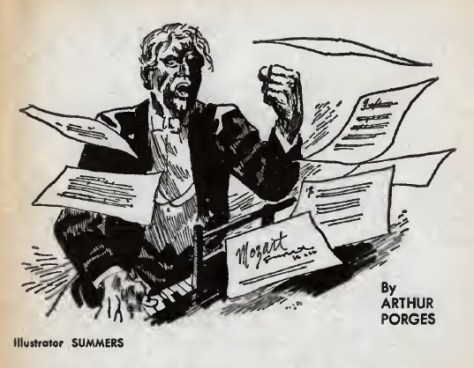[if you’re new to the Journey, read this to see what we’re all about!]

by Gideon Marcus
There is one singular difference between the Cold War and all conflicts that have preceded it: for the first time in history, both adversaries have the power to wipe each other out utterly. Direct conflict is madness, and indeed, while we may rattle the sabers incessantly, it is this mutually assured destruction that may preserve the peace for longer than in any era before it. Perhaps the Chinese and Indians, whose border is seeing the greatest conflict in the world since Korea, need their own atomic bombs. On the other hand, the deployment of Russian nukes in Cuba, and the responsive blockade, may well turn our Cold War hot any day now, so the jury is still out on the deterrent value of the weapons.

As luck would have it, the Cold War has crept into my SF reading, too. Dean McLaughlin describes a new variety of the conflict in his new (and first!) science fiction book, Dome World. Deep sea dome cities have been set up by the world's new superpowers — the United States of the Americas and the African Union. Their tenuous peace is deteriorating fast as both powers escalate claims over the rich mineral deposits on the ocean floor. The fragile domes are vulnerable to even the slightest attack. As the warships start to circle overhead, what can anyone do to preserve the existence of the undersea communities?
Dome World is really two stories in one, the second half taking place some time after the first. Part I was originally the March 1958 Astounding novelette, The Man on the Bottom — a piece of which I have no recollection whatsoever. Set at the beginning of the above-described conflict, it is up to Mason, the manager of the American Wilmington dome to find a middle path between the nuclear Sympleglades on either side of the Atlantic.
Part II is entirely original to the novel. Years after Mason's solution, conflict is brewing again. This time, it is between newly independent domes and those settled by Mainlanders. Macklin, a producer of private bathyscapes with a bad heart, is tapped to negotiate a peaceful settlement to end the increasing Mainlander raids on seabottom dwellings. Can he succeed before time runs out…for his community and himself?

Mclaughlin's undersea world is beautifully detailed, a logical extrapolation of the Aquanaut exploration of the ocean floor that began just this year. His protagonists are weary, guilt-soaked men thrust into positions of moment by history — or are they in those positions because they are great men to begin with? Neither Mason and Macklin asked for the responsibility of saving their respective peoples, and neither relish their positions. Yet, they feel compelled to act, nevertheless. The Journey's editor recently observed that leaders are those for whom the drive to act is greater than the fear that they might be taking the wrong action. That fear acts much like an atomic barrier — an electron jumps levels only in extraordinary circumstances, and similarly, it takes an extraordinary person to jump out of her/his level to the next.
Dome World's stories are really quite good. Unfortunately, McLaughlin tends to get in his own way. Perhaps because he didn't have enough material to fill a novel, he frequently repeats himself. His sentences are redundant. He says the same thing in slightly different words. Often. At first, this feels like a deliberate attempt to convey the ponderous inexorability of the upcoming war and the bone-tiredness of Mason. It's constant throughout the book, however, and smacks of padding. Also, as William Atheling, Jr. pointed out in the August issue of AXE, McLaughlin also has a perverse aversion for the word "said." I'm as much a fan of creative dialogue as anyone, but McLaughlin takes it to extremes. Particularly bad are the questions that characters "wonder" to others rather than say. Wondering is something I take to be internal, not spoken.
In any event, if you can tolerate these literary tics, Dome World actually moves pretty briskly, and the two mysteries that are Mason and Macklin's solutions are worth waiting for. Three and half stars.





















































